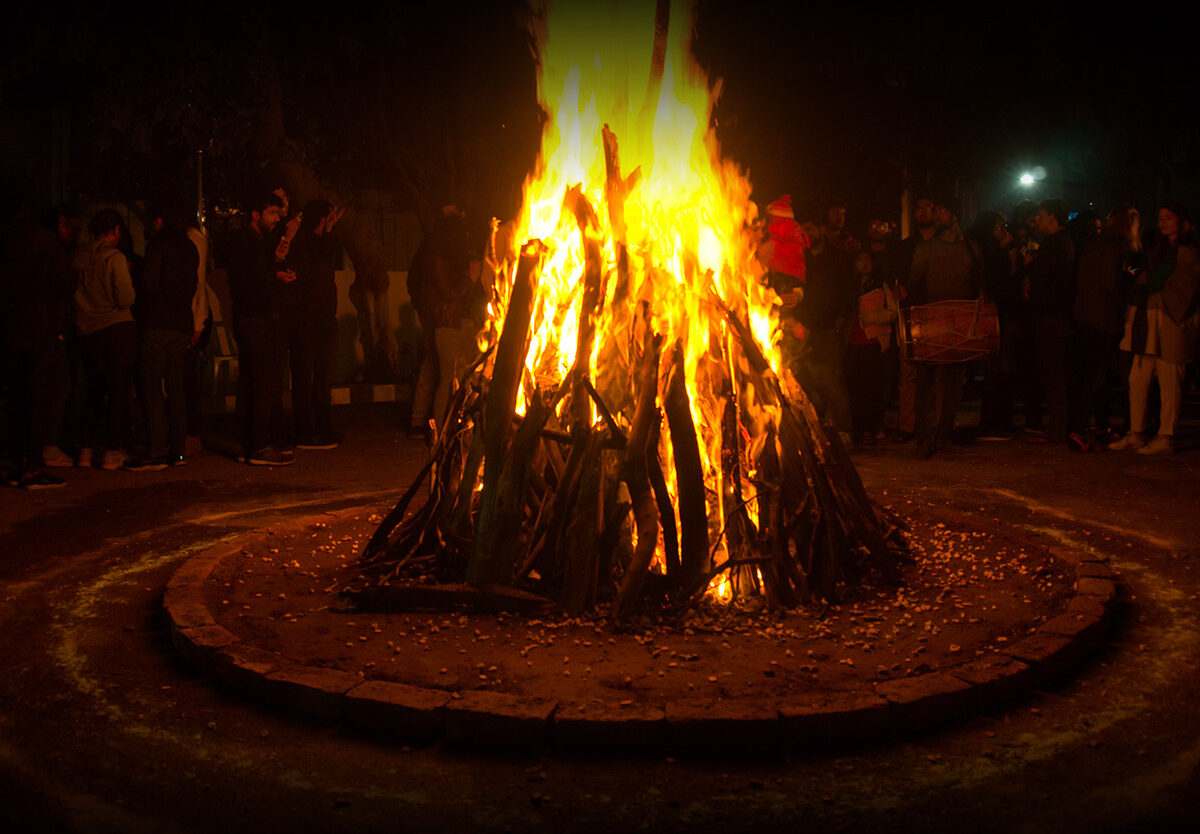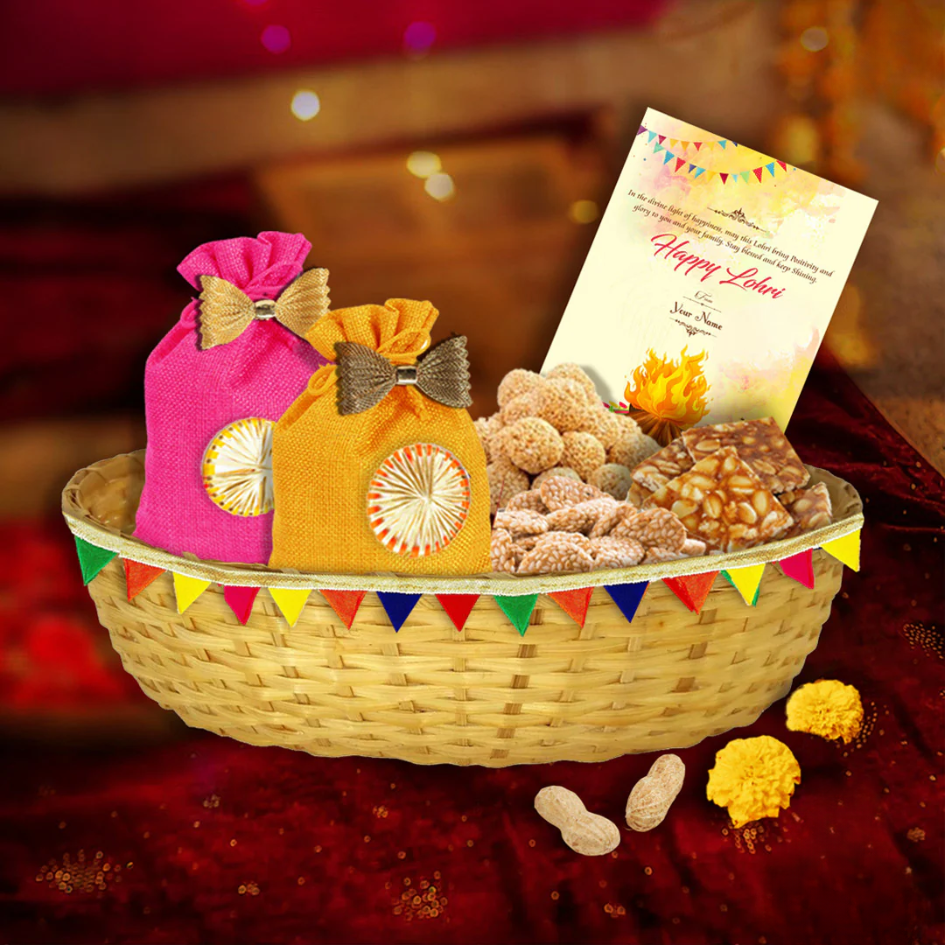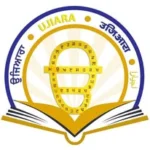Lohri is a popular harvest festival celebrated on 13 January in Punjab, Haryana, Himachal Pradesh, and northern India. It marks the end of the winter solstice and the start of longer days. Central to Lohri is a bonfire around which families gather, tossing rewri, peanuts, sesame seeds, and singing traditional songs honouring folk hero Dulla Bhatti. People enjoy bhangra, giddha, and festive foods like sarson da saag with makki di roti. In Jammu, unique traditions like Chajja-making and Hiran dance are part of the celebration. Lohri reflects gratitude for nature’s bounty and hopes for prosperity.

Lohri Festival History
Lohri is mentioned by European visitors to the Lahore Darbar of Maharaja Ranjit Singh, such as Wade who visited the Maharaja in 1832. Captain Mackeson described Maharaja Ranjit Singh distributing suits of clothes and large sums of money as rewards on Lohri day in 1836. The celebration of Lohri with the making of a huge bonfire at night is also noted in the royal court in 1844.

The accounts of Lohri celebration in royal circles do not discuss the origins of the festival. However, there is much folklore about Lohri. Lohri is the celebration of the arrival of longer days after the winter solstice. According to folklore, in ancient times Lohri was celebrated at the end of the traditional month when winter solstice occurs. It celebrates the days getting longer as the sun proceeds on its northward journey. The day after Lohri is celebrated as Makar Sankranti.
Lohri is an ancient mid-winter festival originating in regions near the Himalayan mountains where winter is colder than the rest of the Indian subcontinent. Hindus and Sikhs traditionally lit bonfires in their yards after the weeks of the rabi season cropping work, socialised around the fire, sang and danced together as they marked the end of winter and the onset of longer days


Leave a Reply